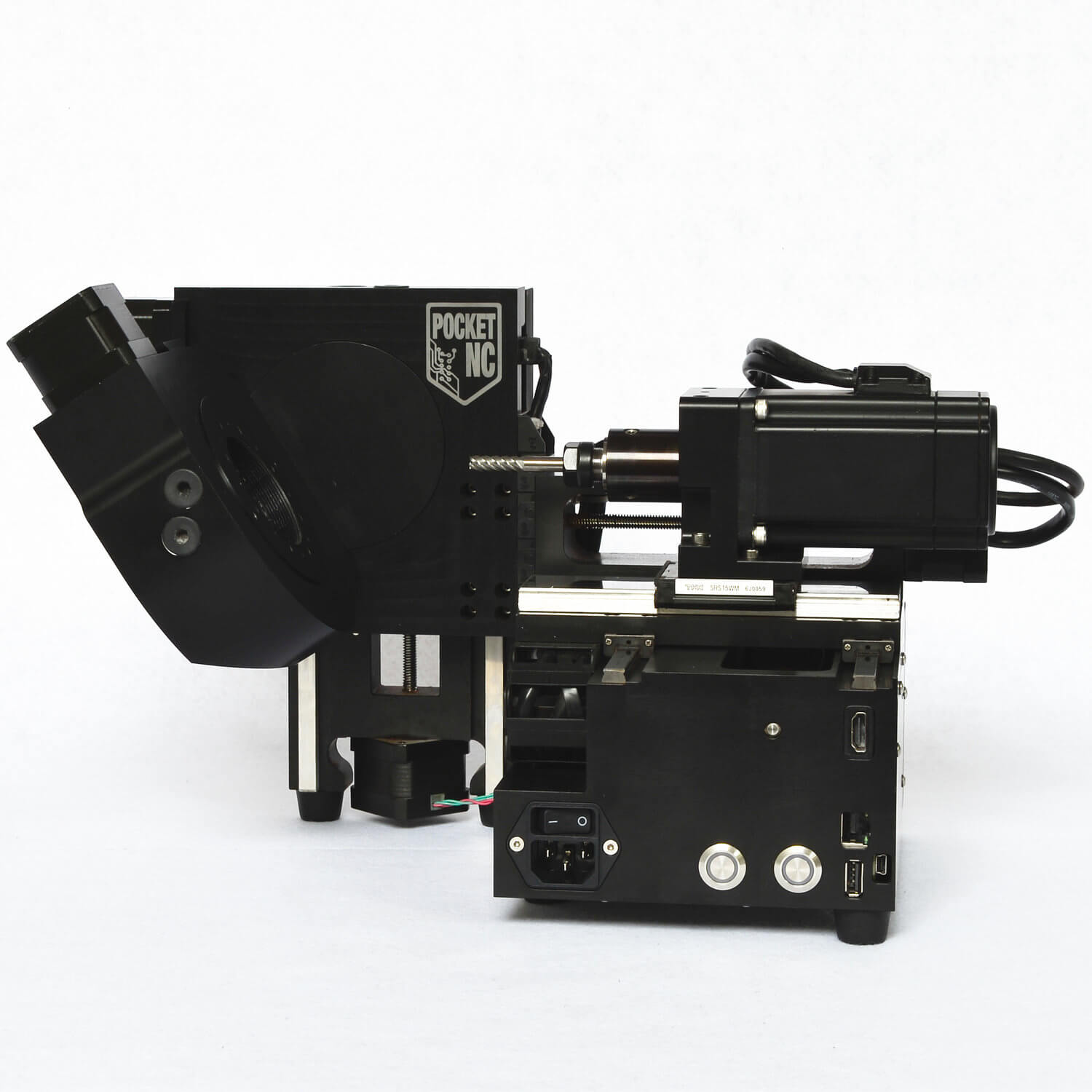

Saving just five minutes' machining time per part over a year could result savings that make the system's purchase price irrelevant. The important factor is the difference to the bottom line at the end of the year. It is more important to learn about the cost-effectiveness of such a system. However, there are major differences in terms of functionality, ease of use and price. The increasing demand for 5-axis machining has led most CAM providers to develop technology to offer 5-axis simultaneous machining. In addition to strategies for tool orientation, fully automated collision avoidance is at the core of the technology. Ten years ago, OPEN MIND Technologies introduced a method for easy and reliable programming of 5-axis simultaneous machining. Rest machining necessitated breaking the job into several machining steps, significantly increasing programming time. Additionally, the tool angle relative to the selected reference point or surface for the entire machining area could not be changed, which made it difficult to avoid collisions. In comparison, 5-axis simultaneous techniques used in CAD/CAM solutions have historically been limited, expensive and unreliable. Technologies used in 3-axis milling are relatively mature. Only recently 5-axis technology has become commonplace for standard milling tasks. 5-axis milling with simultaneous movement of all axes was previously only used for special applications, such as the production of aerospace turbines.


 0 kommentar(er)
0 kommentar(er)
